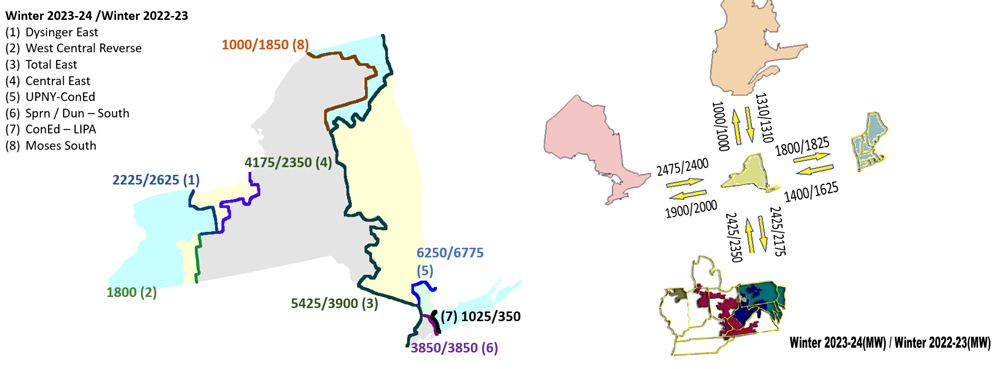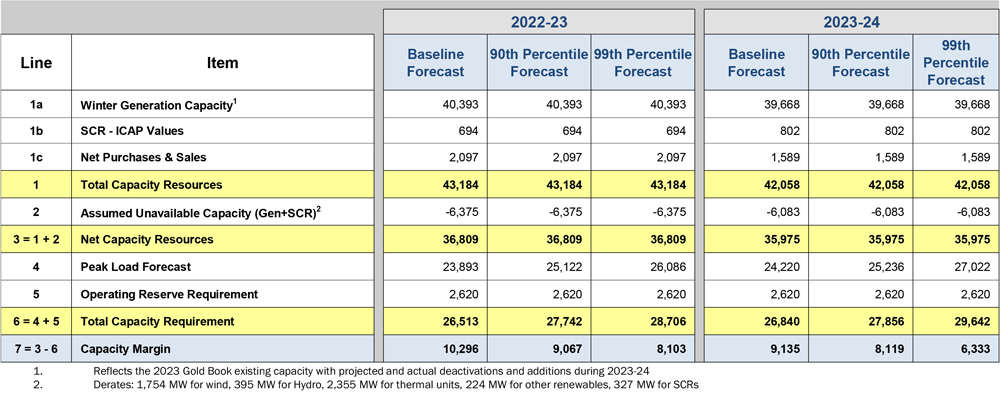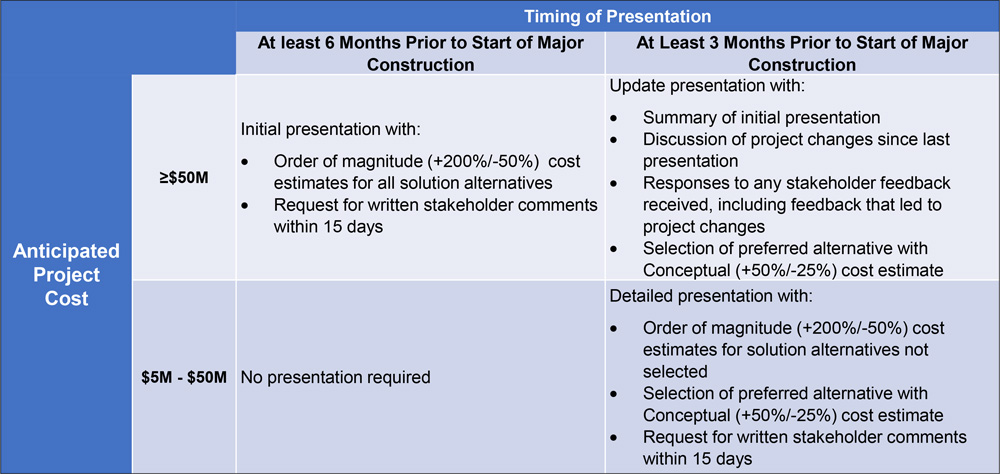WASHINGTON — FERC on Thursday released its 17th Annual Report on Enforcement, which showed that it has closed down one market manipulation probe into the events around February 2021’s Winter Storm Uri.
The commission still has open, nonpublic investigations into the events around Uri, which led to massive blackouts in Texas where hundreds died and roiled natural gas markets around the country, leading to billions in extra costs for consumers.
“I cannot talk about them,” FERC Chair Willie Phillips said at his post-meeting press conference. “But hear me: For those people who had market manipulation, who committed market manipulation, or if there was any fraud that was imposed upon our consumers — the Federal Energy Regulatory Commission, the Office of Enforcement … will find you, we will punish you, and you will pay the price.”
The investigation FERC closed without action came from a referral of Enforcement’s own Division of Analytics and Surveillance about a gas marketing company that curtailed supply to customers to whom it had delivery obligations by citing force majeure and then sold gas to a different customer at a higher price, the report said.
Enforcement staff reviewed documents and took sworn testimony from employees and determined it lacked evidence to move forward. The firm’s decision to sell gas to a different customer appeared to have been made during a small window of time when the marketing company believed its curtailments would be less substantial.
“Enforcement staff also did not find evidence that the marketing company actively sought out buyers to sell gas to at an elevated price,” the report said. “To the contrary, the purchaser unilaterally reached out to the marketing company requesting gas.”
DAS is regularly watching the electric and natural gas markets that FERC polices, with the report saying in fiscal 2023, its surveillance led to 567,000 screen trips in the electric markets, leading to 43 surveillance inquiries and six referrals for investigation. On the gas side, it had 24,000 screen trips on the year, leading to 27 surveillance inquiries and three referrals for investigation.
The division engaged in enhanced surveillance during “disruptive market events” related to December 2022’s Winter Storm Elliott and a period of high energy prices in the West during the winter of 2022/23. It is continuing to analyze both market events and has already referred some matters related to last winter’s weather events to investigative staff.
Overall, Enforcement opened 19 new investigations and closed nine pending probes without further action. Staff also negotiated 12 settlements that were approved by FERC for a total of $33.4 million: $11.7 million in civil penalties and $21.7 million in disgorgement.
Three other settlements resolved litigation in federal District Court for $4 million in disgorgement, one order to show cause for $4.4 million in civil penalties, and one U.S. Court of Appeals matter for a $10.75 million civil penalty.
Enforcement staff also completed nine audits of public utility, natural gas and oil companies that resulted in 68 findings of noncompliance and 332 recommendations for corrective action. They directed $33 million in refunds and other recoveries.


